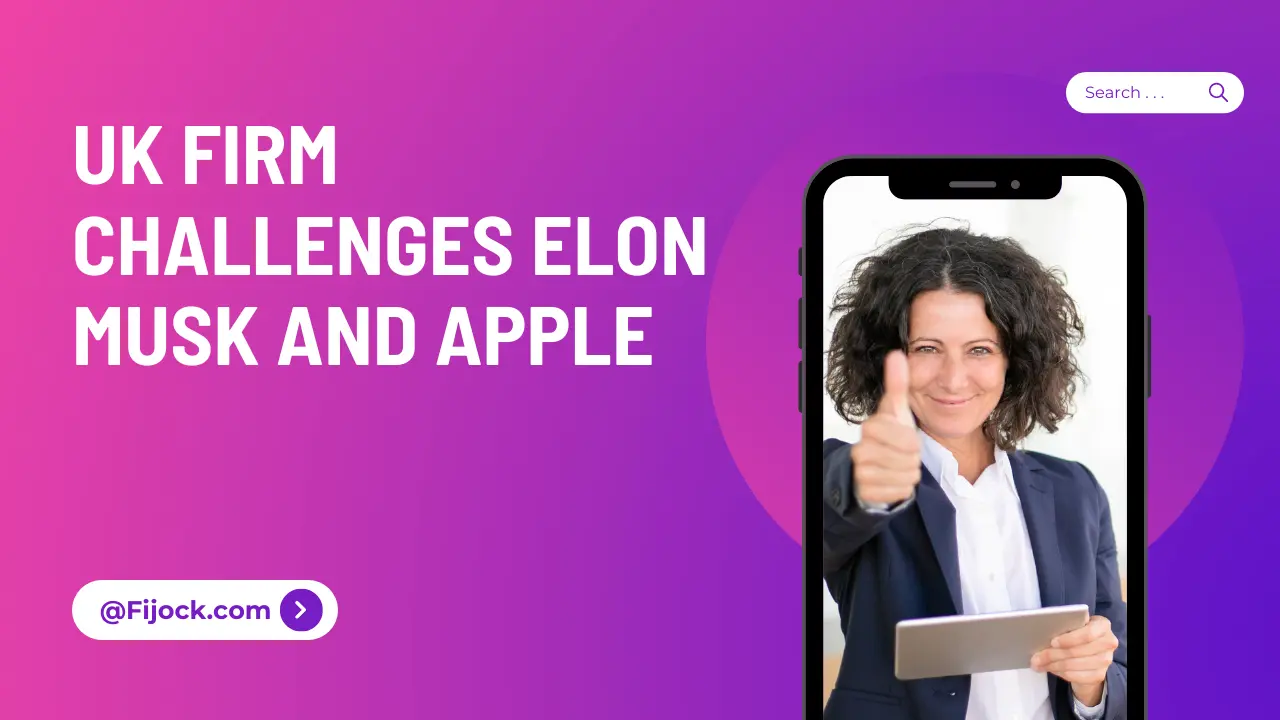The Bullitt phone is designed to automatically connect to one of two worldwide satellite networks if no other available connections are available, such as wi-fi or cellular service.
Apple’s rumored iPhone 14 may include emergency satellite communication.
Mr. Musk is also collaborating with T-Mobile on a satellite phone service.
However, he recently stated that the service was unlikely to be accessible until the end of 2023 due to delays in “regulatory permission” for satellite launches.
The first version of Bullitt’s service, which will let customers to send and receive text messages, is scheduled to become live in February 2023.
The receiver will get an SMS with the message, and if they have Bullitt’s app, they can respond to it. Using it costs them nothing, but the owner of a Bullitt phone must pay a fee.
The Reading company would not disclose the exact price but did state that it will be offered in tiers at rates comparable to those of current mobile tariffs and would be paid in addition to the usual network contract. It has not yet released photos of the product.
Moreover, Bullitt says that their phone would automatically switch to satellite when no other signal is available anywhere in the globe, but Apple’s service is rumored to be for emergency usage exclusively in North America.
According to Bullitt’s co-founder and CEO Richard Wharton, “what we have is a smartphone debuting in February that will be capable of two-way communications, through satellite, with worldwide coverage.”

Mr. Musk claims that the current waiting time for phones on his platform to connect with a satellite is up to 30 minutes. Mr. Wharton, though, said that the wait wouldn’t be more than a few seconds because of agreements with two worldwide satellite networks that he did not identify.
He explained that in order to power the device, a custom chipset was designed in collaboration with an Asian company over the course of 18 months. If the phone simply looked for satellites when there were none around, the drain on the battery would be minimal, he said.
Poor or nonexistent mobile coverage, or “not-spots,” can be found throughout the world, especially in more remote locations.
Mr. Wharton explained that his company was interested in collaborating with network operators because “there are issues with delivering cellular coverage to 100% geography of a country,” and that his service would “infill,” or fill in, areas where coverage was lacking.
Historically, satellite phones have been prohibitively costly and offered only rudimentary features, with coverage further compromised by inclement weather.
According to Paolo Pescatore, a technology expert with PP Foresight, “Satellite is the next and last frontier in connection.”
“Seeing carriers commit to satellite for the final mile of their networks is promising. Connectivity that is both dependable and robust is, in the end, something that every user wants very much.”
Read Also:

